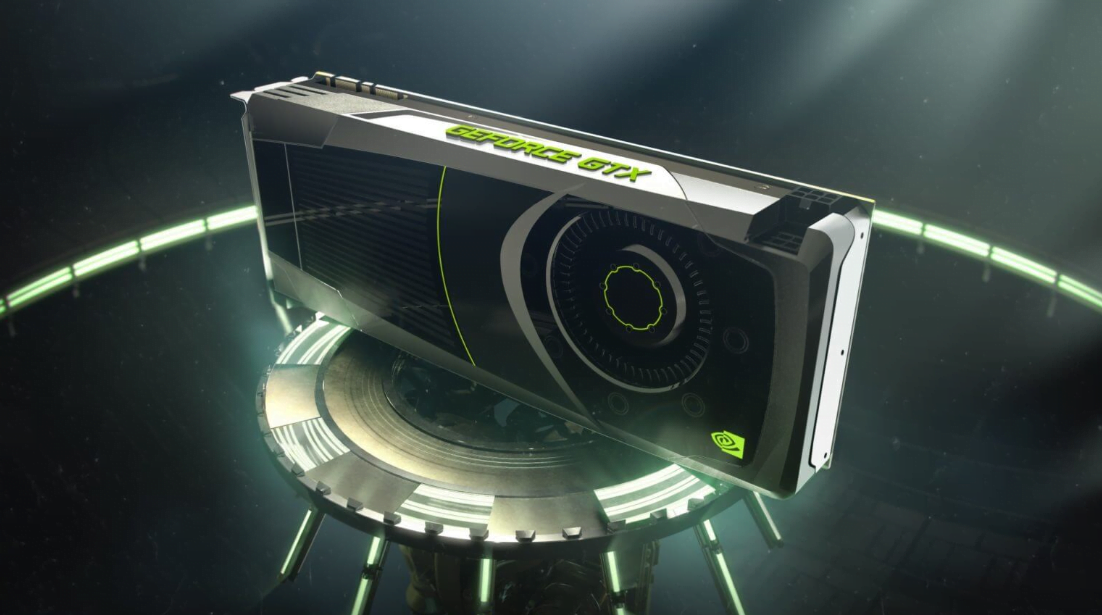Usually, most of the computers come with a graphics processing unit hardware that can handle everything on your computer CPU. Which including video rendering playing games, with high-resolution graphics. Now, most of the unique and modern computer comes with the graphics card which is Nvidia and AMD.
When it comes to the computer processing unit, then we take huge notice about it to have a better hardware component. While giving much value to the CPU and RAM hardware, then I think the GPU is the most important part of the play’s best role on the computer. Remember that if you don’t have a graphic card hardware on your computer, then you can’t play new games, or you can play with low graphic display.
Through this guide, I will show you how to check graphic card specifications on Windows 10 PC. While you are buying any gaming PC or any work PC. Then probably you physically you can’t check that, but there are some simple guides to check graphic card specifications.
There are several methods using some commands in command prompt, Powershell. Or simply you can check it through the Device manager, task manager, or the “Dxdiag” window. Here I will provide you all the mentioned methods for you.
Related:
Check Graphic Card Specifications on Windows 10 PC
Using the cmd command prompt is the easiest way that comes first in this guide. Command prompt is the section of Windows PC, that allows the users to find out or to make things very easy. Therefore, you can use the command prompt to find out the graphic card specifications.
#Step 1. Use Command Prompt
Step 1. Navigate to your Windows start menu then type “CMD”, when cmd appeared right-click and “Run As Administrator”.

Step 2. Now using the below commands step by step you can check all the specifications of graphic card on your PC.
#Check graphic card name
wmic path win32_VideoController get name
#Check graphic card Adapterram
wmic path win32_VideoController get Adapterram
#Check graphic card driverversion
wmic path win32_VideoController get Driverversion
#Check graphic card pnpdeviceid
wmic path win32_VideoController get pnpdeviceid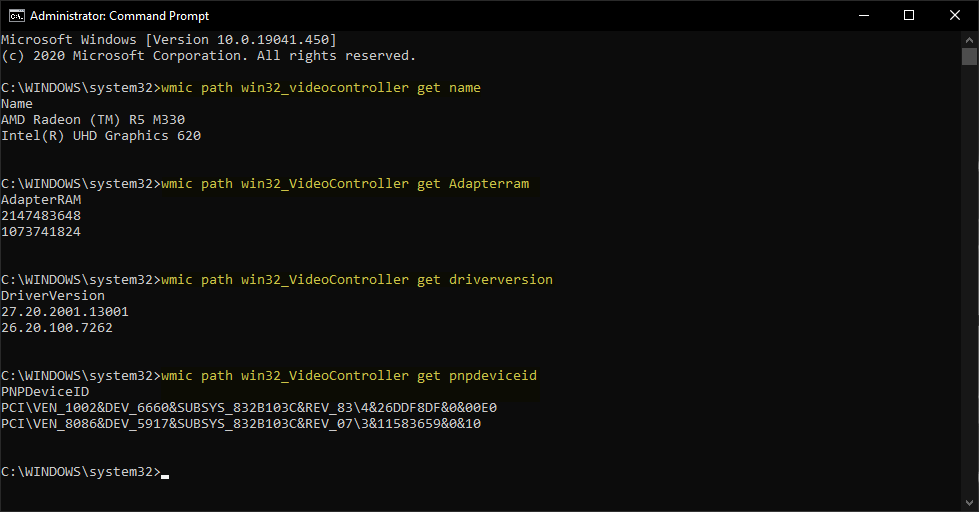
Step 3. This commands will bring all graphic card information.
wmic path win32_VideoController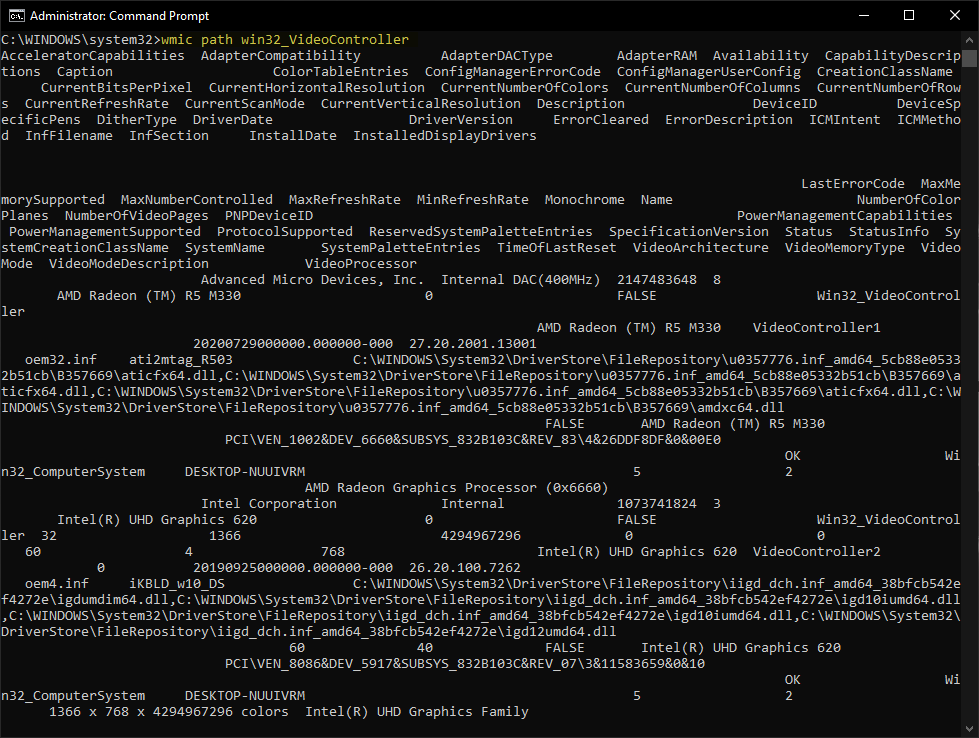
#Step 2. Use PowerShell
Here you will use the Powershell window, and apply some commands on it to find the computer specifications on Windows 10 PC.
Head over to the Windows start menu type “PowerShell” when appeared right-click and run as administrator.
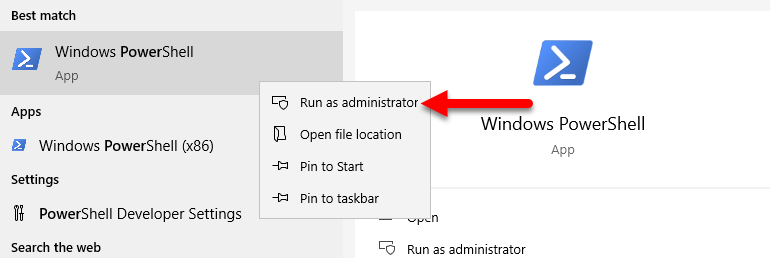
While the Powershell opened apply the below commands and press enter.
Get-WmiObject win32_VideoController | Format-list Name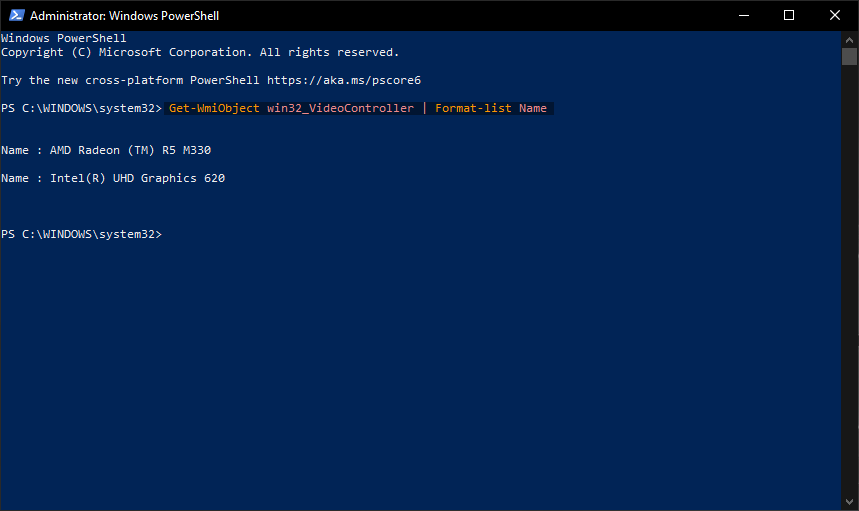
#Step 3. Use Dxdiag tool
One of the simplest ways on Windows 10 or older versions of Windows is the Dxdiag tool. Which is inside built tool to check the computer specifications including the graphic card specifications.
There are two methods to run the Dxdiag tool on Windows PC, first one if press and hold the Windows+R. When the run window opened type there “Dxdiag” and press enter. The next method is simply open Windows start menu and type “Dxdiag”, when appeared right-click and “Run As Administrator”.
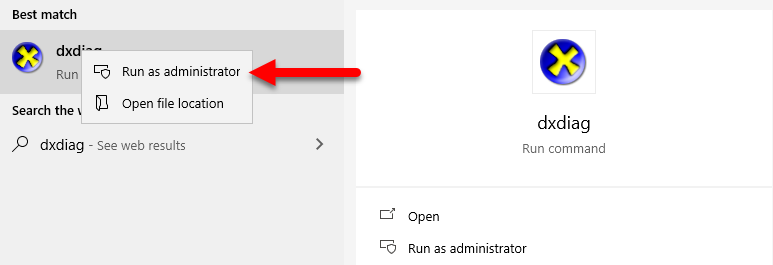
Now to continue press “Yes”
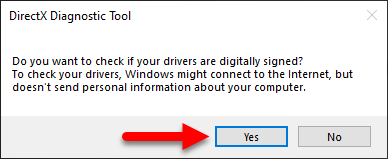
When the Dxdiag window opened on the system tab you will find all your system information there.
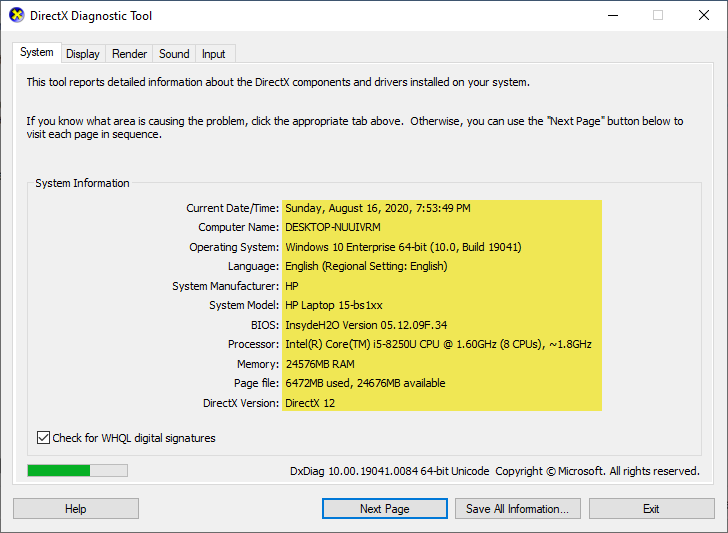
Click on the “Display” tab, there you will the installed graphic card specs on the name portion. Alongside, you can see there the amount of memory (VRAM) built in the graphic processing unit.
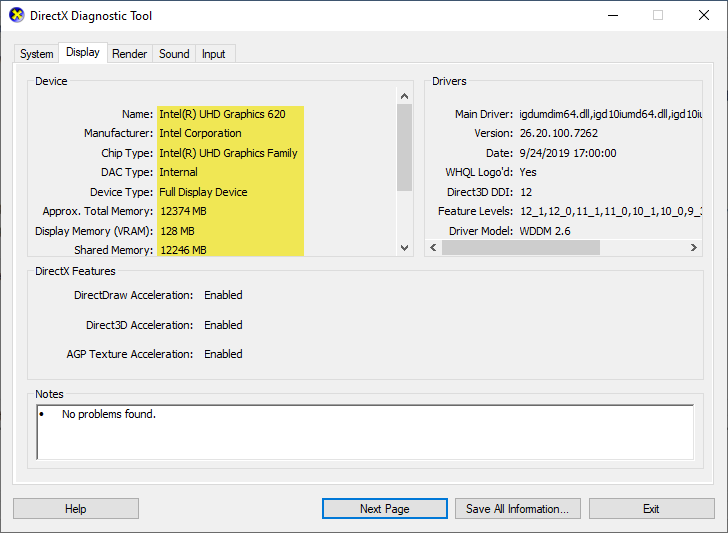
Click on “Render” tab, you will see there the graphic card name, and the mount or other specs. Such as, I am using an AMD Radeon graphic card on my PC.
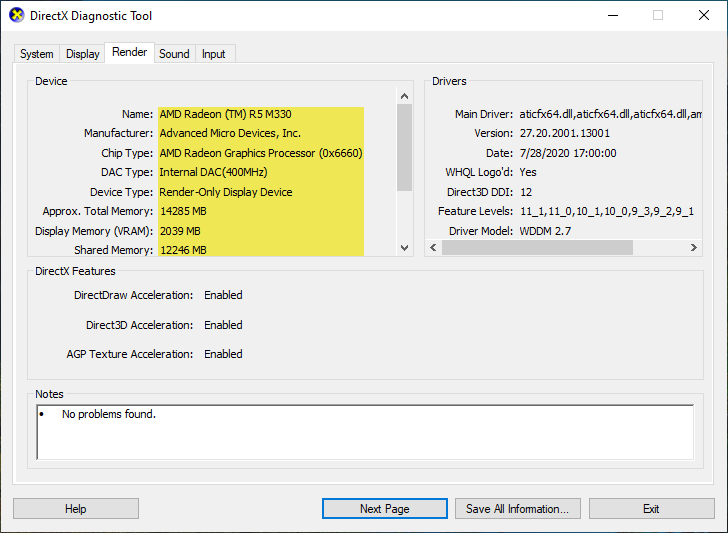
#Step 3. Use System Information
By its name, it’s well known that through this you will all your computer information. So, navigate to Windows start menu type “System information” then right-click and “Run as administrator.

To check graphic card specifications click on “Components>Multimedia>Display”.
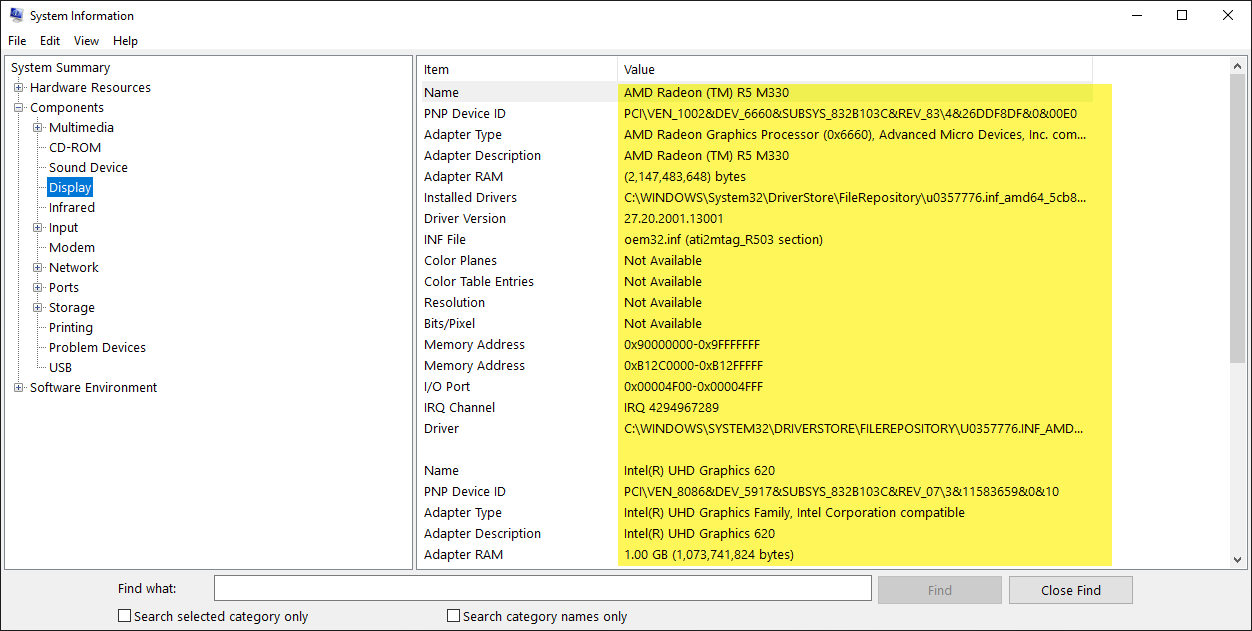
#Step 4. Use Task Manager
Task manager is the best option overall to check the computer status performance, CPU, GPU, Memory, Ethernet, WiFi. To use it right-click on Windows taskbar and click on “Task Manager”.
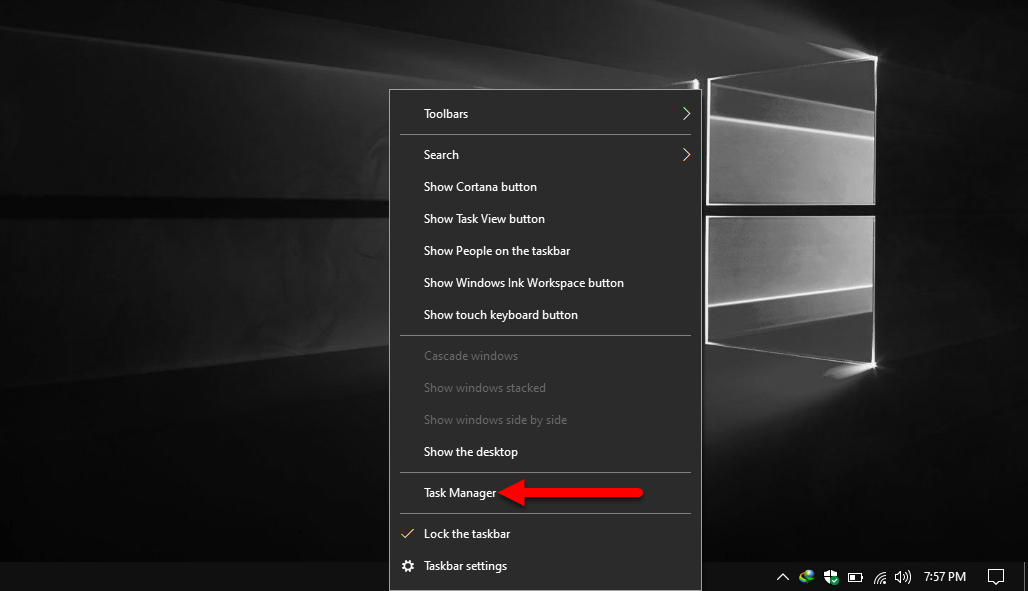
When the task manager opened click on the “Performance” tab and click on the “GPU” window. Here you will see the performance of the graphic card and speed.
What is Graphic Card?
Computer components with high specification will have a better performance for your computer. Like if your computer Memory RAM should be more then 8GB, then your computer will have better performance. While opening any software manually it will detect the memory.
The same graphic is supporting the graphic of your computer, like if you should launch any game or any other heavy software on your computer. It will detect the graphic card, it means the more your computer graphic card is powerful the more it will have better performance.
